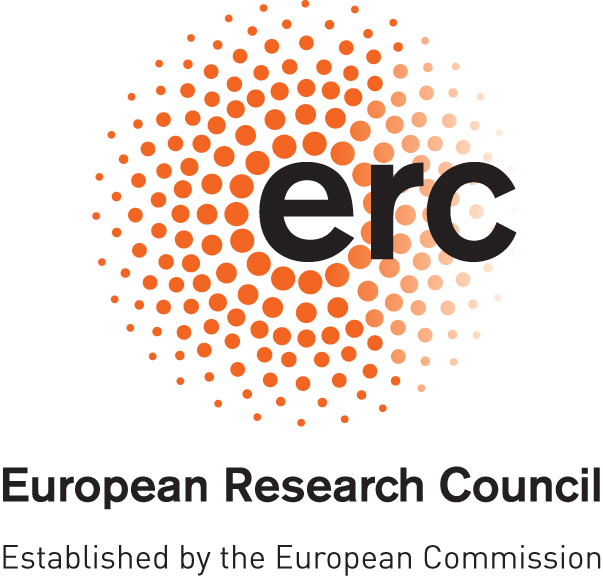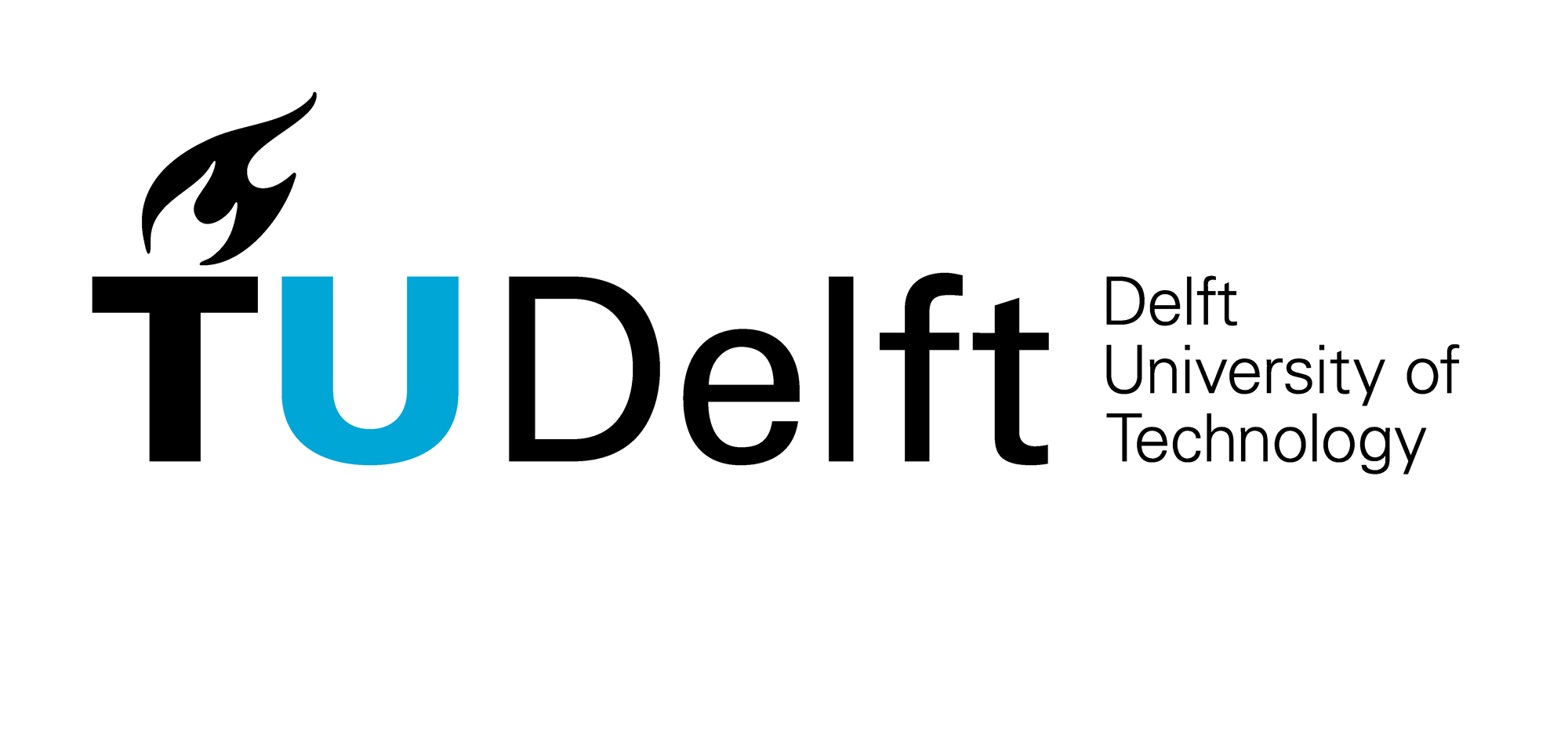Research topics
Early prediction of upper limb function after an ischemic stroke.
Caroline Winters
Caroline’s PhD topic focuses on the recovery of the affected arm after stroke. An important goal is to optimize early prediction of recovery using clinical determinants. Emphasis will be put on the identification of subgroups of patients who do not follow current clinical prediction models, in order to optimize early prognosis for recovery. Optimal prediction of recovery is essential for clinical decision making and an important starting point to explore the added value of high-density electroencephalogram (EEG). Caroline is actively involved in the longitudinal clinical assessments of stroke patients using the 4D-EEG methodology.
Optimization of EEG source localization algorithms for accurate source estimates.
Konstantina Kalogianni
Konstantina’s PhD topic focuses on identifying subtle changes of the brain’s representation of different fingers by using high-density EEG as an imaging tool. The goal is to enhance the source estimates by improving the experimental design, the analysis and the algorithms (inverse methods) to be able to estimate small, but important, neurophysiological changes. Konstantina’s research assesses the accuracy and the spatial resolution of existing inverse methods, with special attention to within-subject reproducibility.
Combination of 4D-EEG and diffusion tensor imaging.
Lena Filatova
The central topic of Lena’s PhD is the combination of functional information from high-density EEG and anatomical information obtained using diffusion tensor imaging. This combination will allow finding new insights into patient-specific anatomical damage due to stroke. Lena’s project is aimed at extracting relevant measures of changes in white matter structures during stroke recovery.
Identification of functional and effective connectivity in human motor control.
Yuan Yang
Yuan’s research focuses on brain connectivity, nonlinear system identification, and applications to human movement control. Yuan has developed advanced methods to assess nonlinear interactions and time delays in neural systems. Applying these methods to motor control, Yuan is revealing nonlinear dynamic properties of the sensorimotor system. In the 4D-EEG project, Yuan is exploring the neurophysiological mechanisms of feedback-based motor control. Additionally, Yuan’s methods are being applied in the analysis of mouse electrocorticogram for migraine research at Leiden University Medical Center (Prof. Arn van den Maagdenberg's group), and in a transcranial direct current stimulation study at the Erasmus Medical Center in Rotterdam (Prof. Maarten A. Frens’ group). Yuan has started to use transcranial magnetic stimulation for investigating functional connectivity in the sensorimotor system, in cooperation with Prof. Ole Jensen’s group at the Donders Institute.
Enhanced source localization by individual head models and electrical impedance tomography
Juhani Dabek
Juhani’s research focuses on the creation of person specific models to solve the inverse mapping of EEG. Juhani has developed methods to rapidly generate individual head models from EEG electrode locations, and to determine person-specific scalp, skull, and brain conductivities based on electrical impedance tomography. Juhani’s combined model are used in EEG analysis to localize brain activity with reduced localization error from the centimeter to the millimeter range.
Functional interpretation of neural activity after stroke
Nishant Jain
Nishant’s research focuses on mechanical reflex behavior and brain/muscle activity in stroke patients. The purpose of Nishant’s research is to uncover the neurophysiological conditions that determine the nature of reflex control after stroke onset. It is hypothesized that the organization of neural pathways determining reflex behavior and limb control is a strong indicator of motor recovery. Nishant’s work links traditional clinical research and EEG with biomechanical reflex behavior of the arm.


